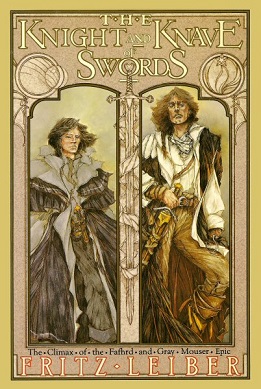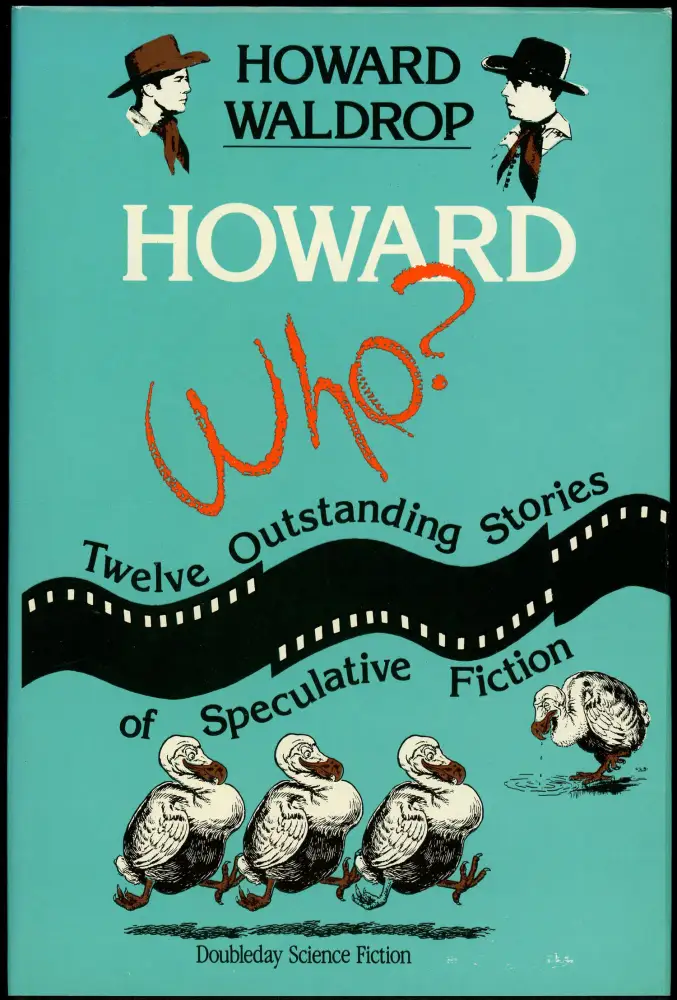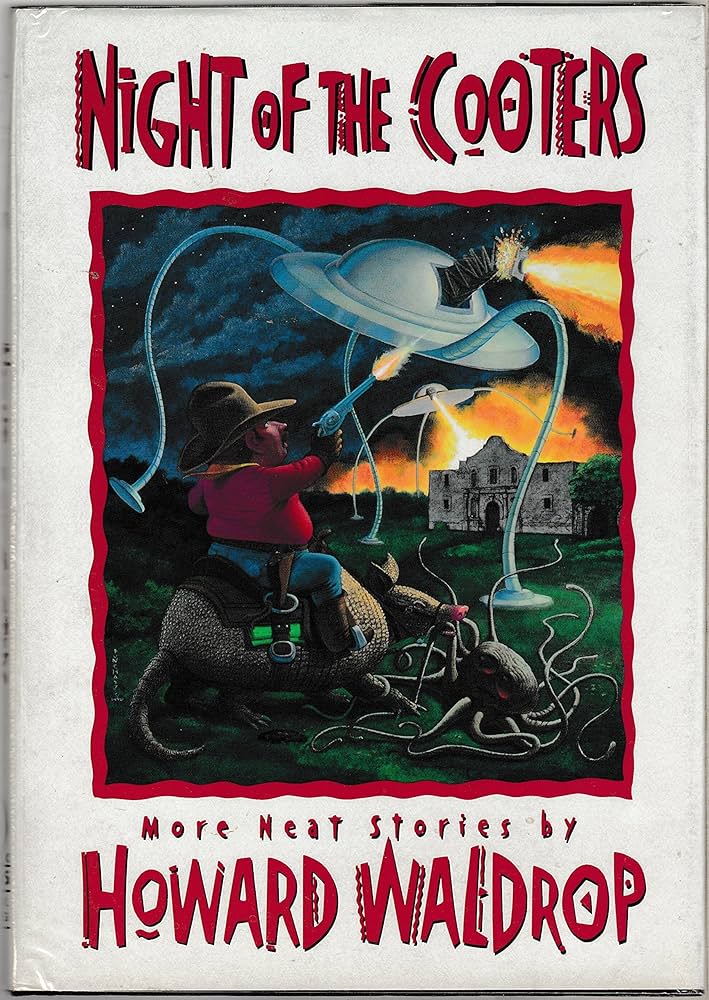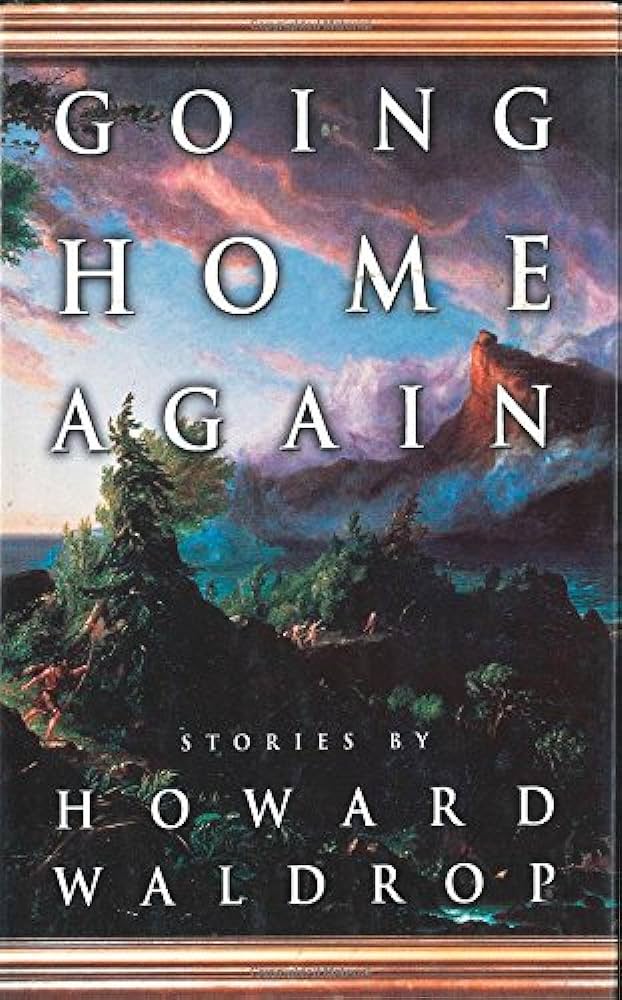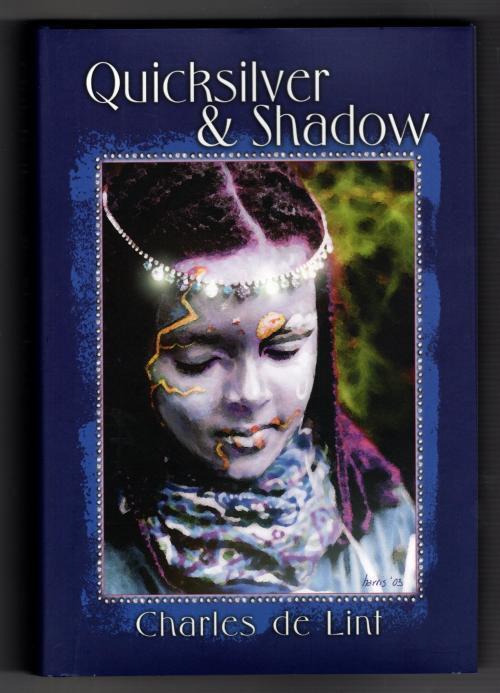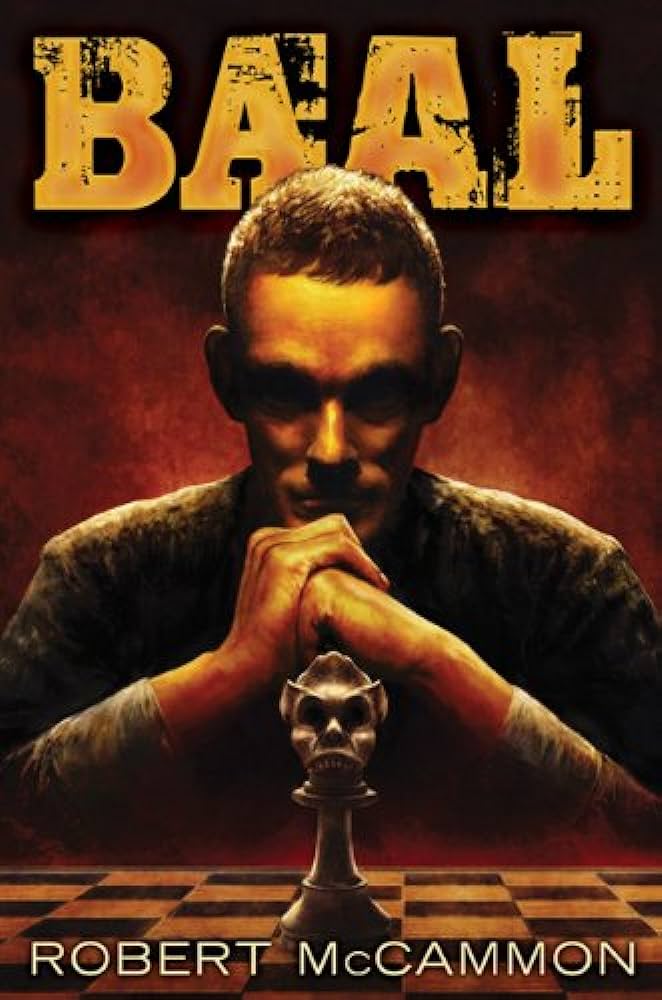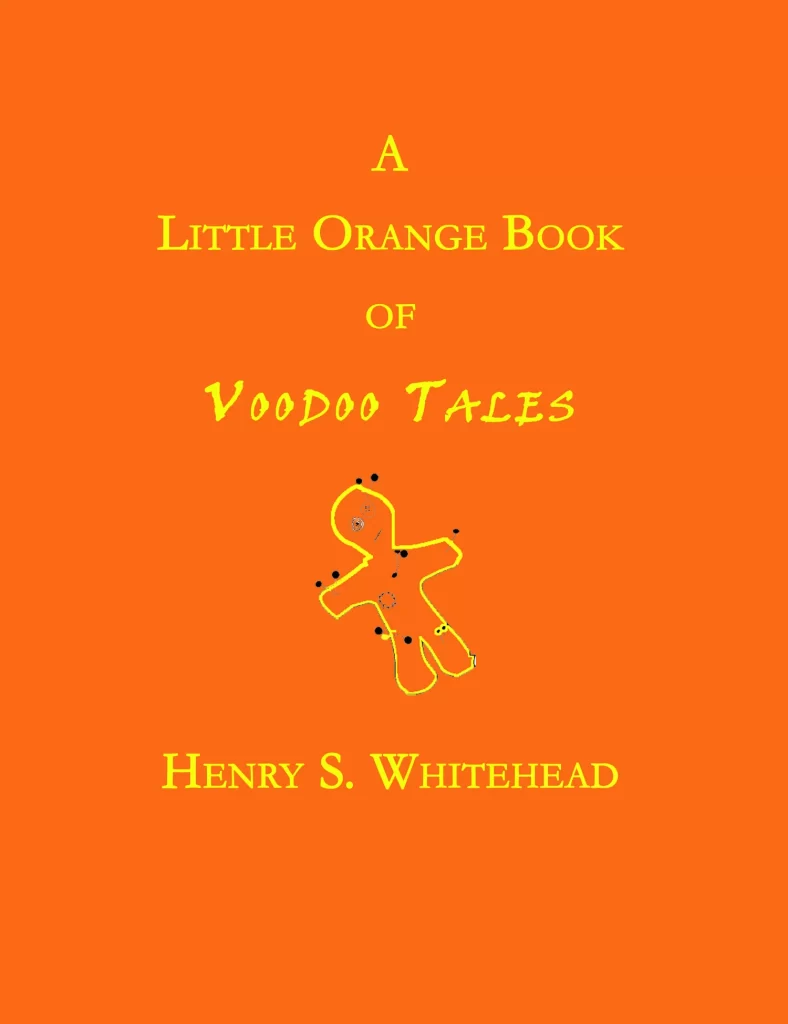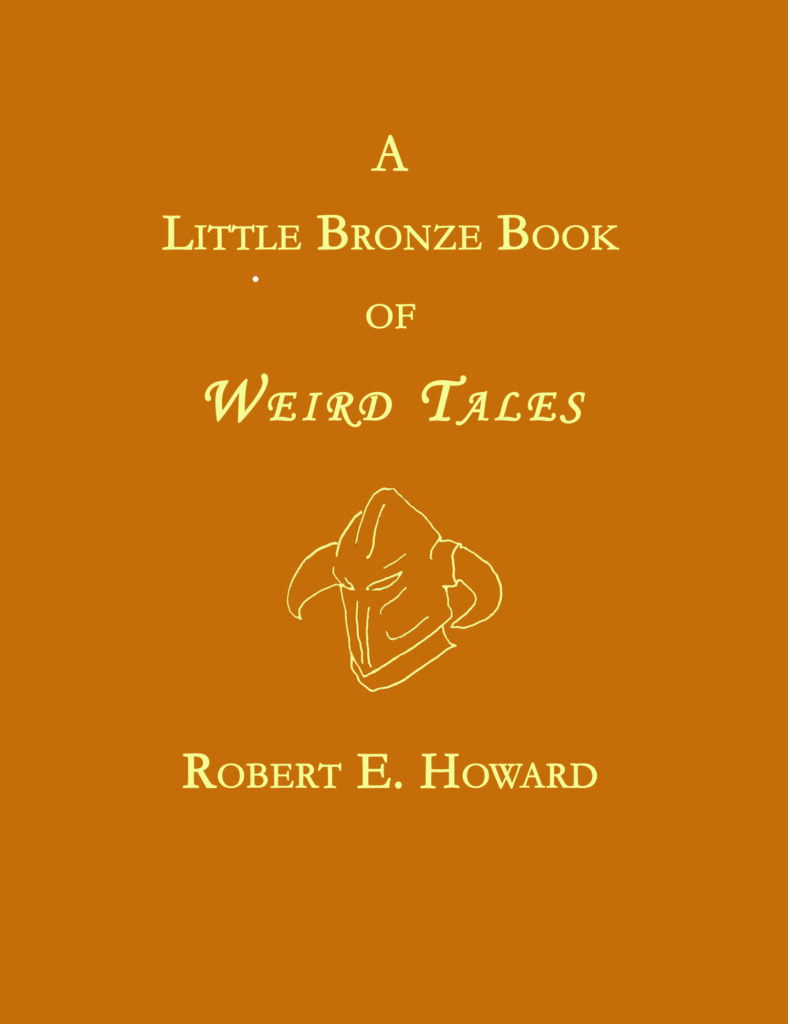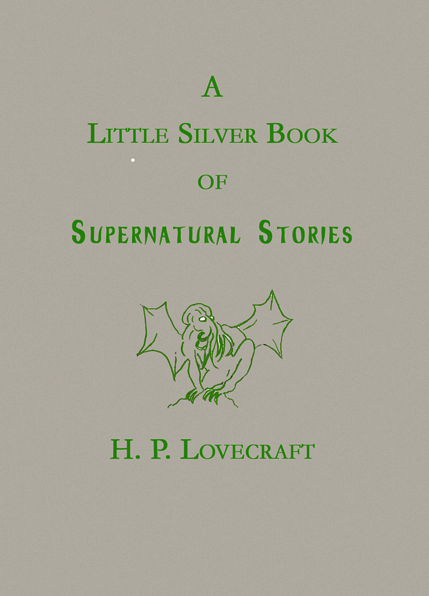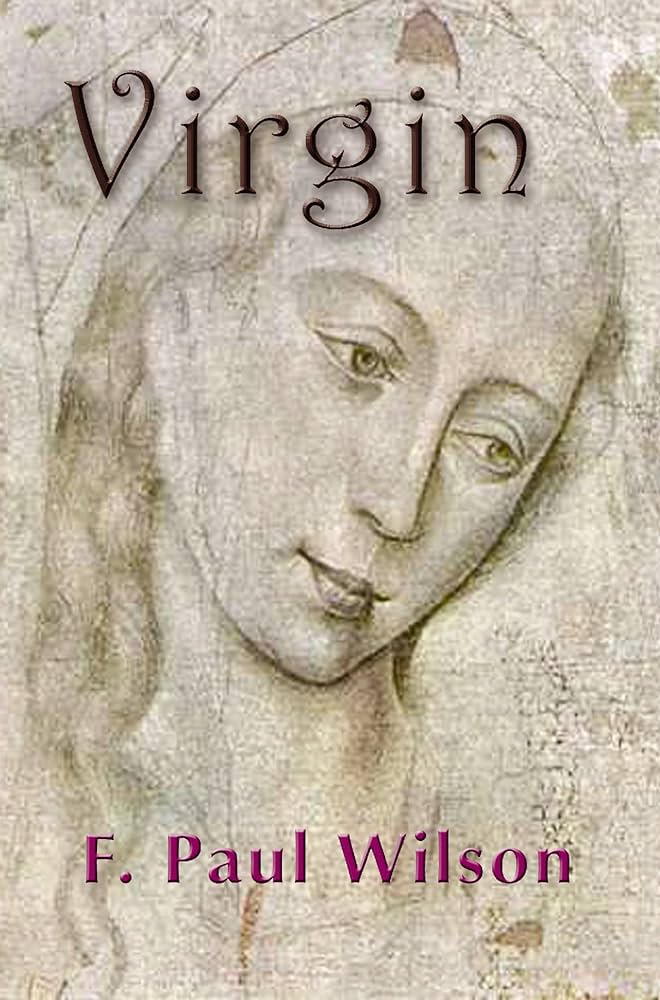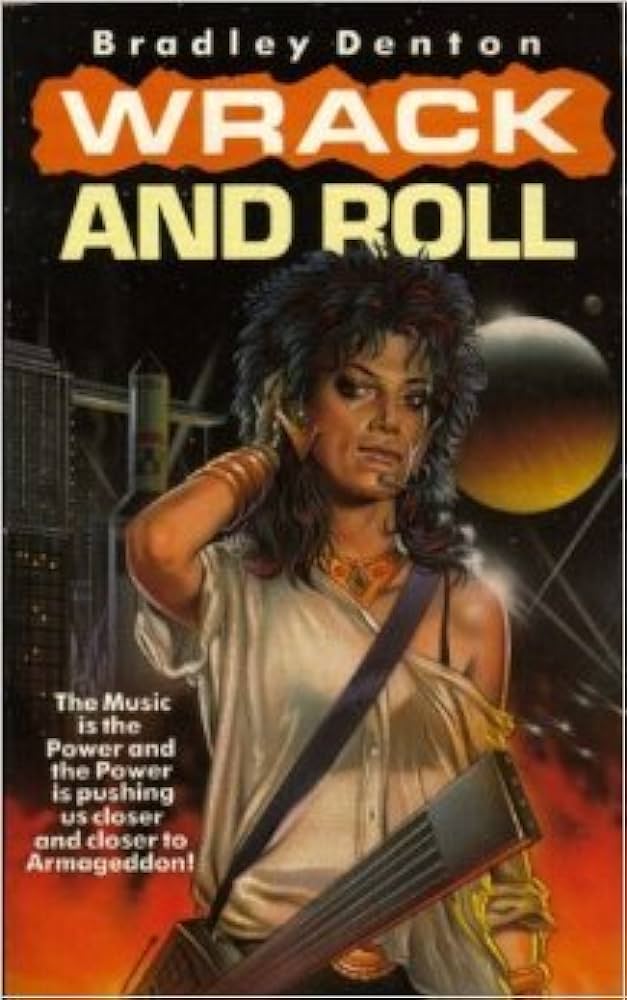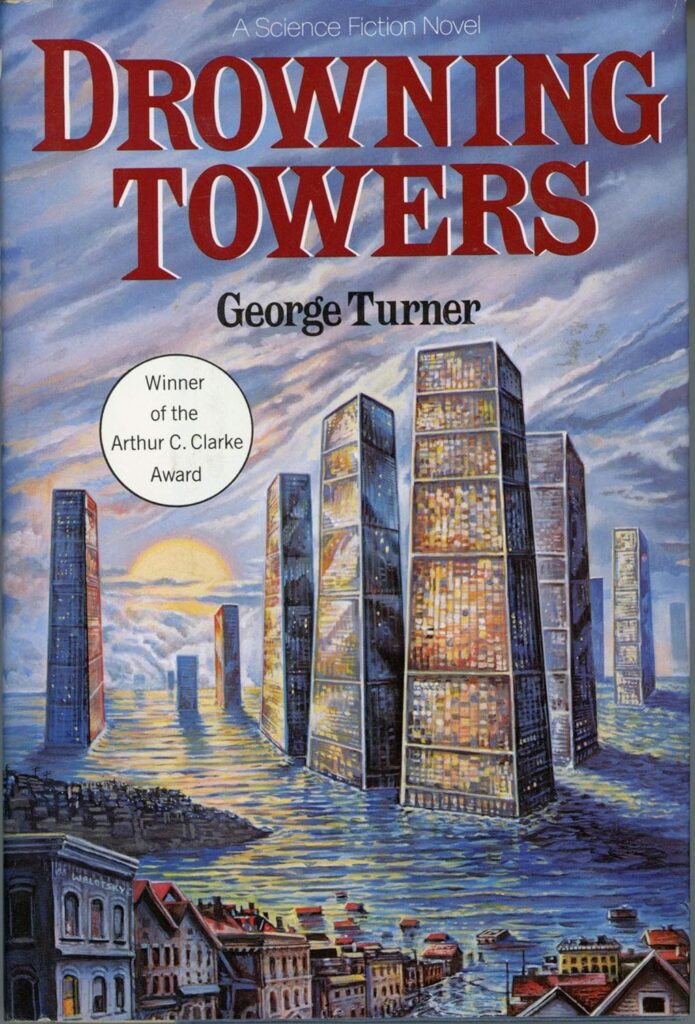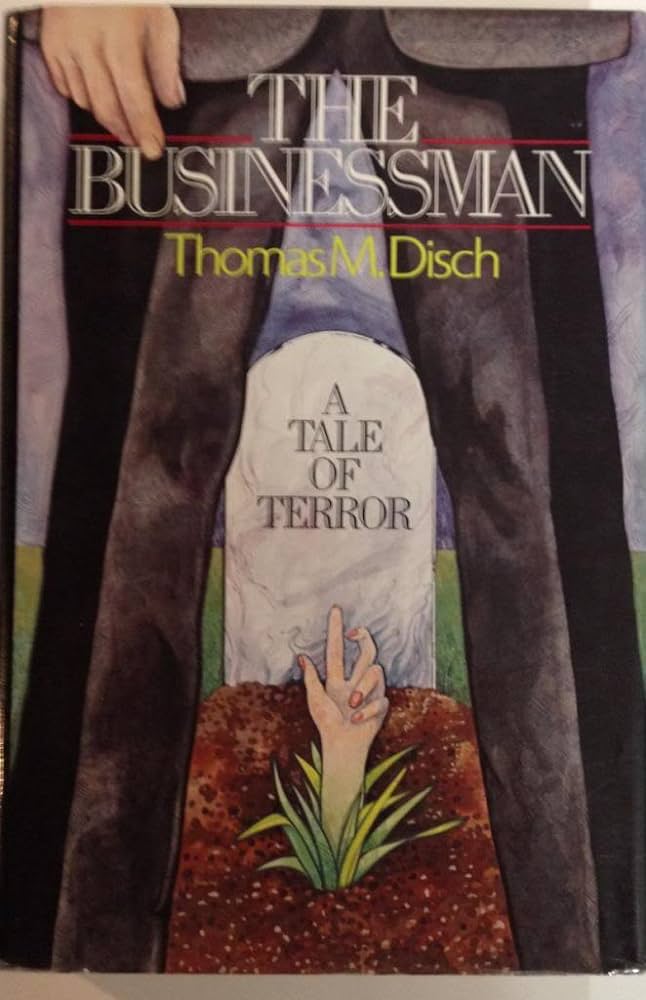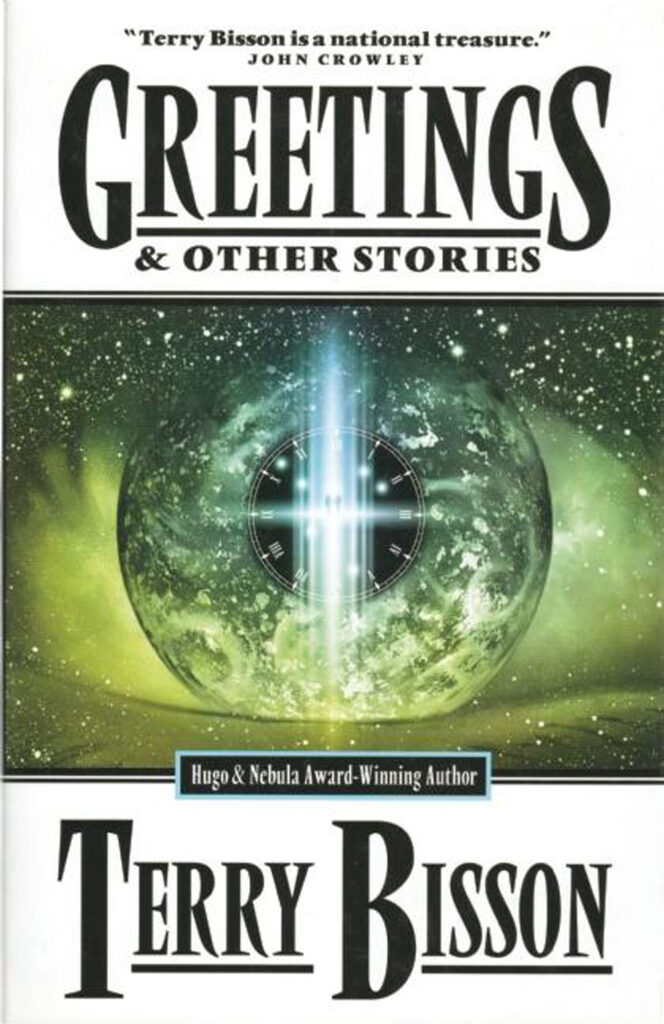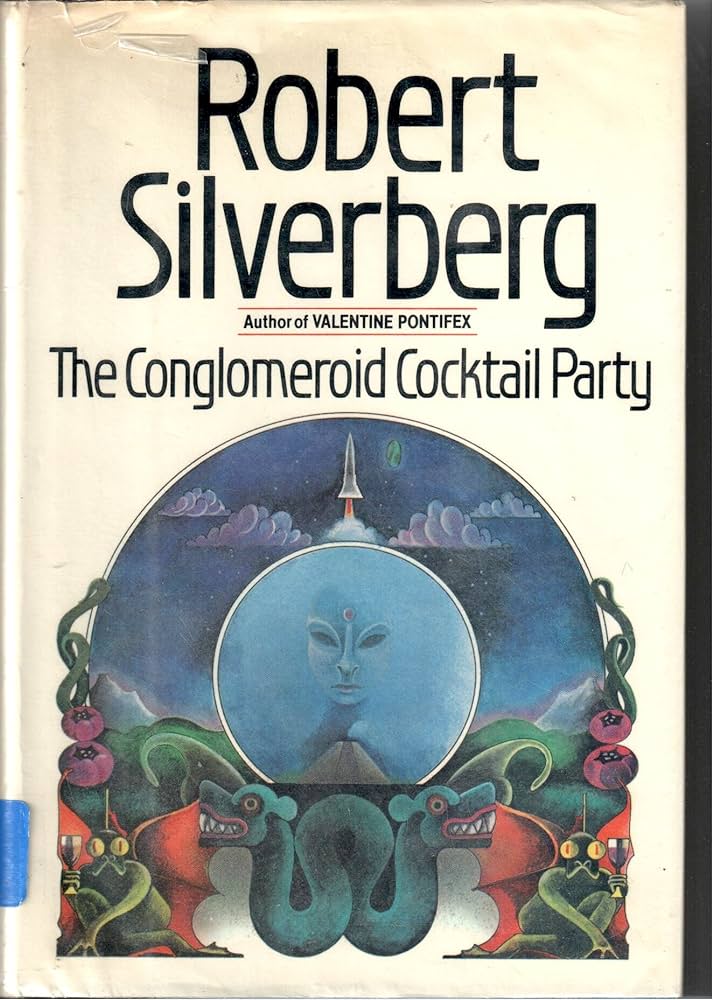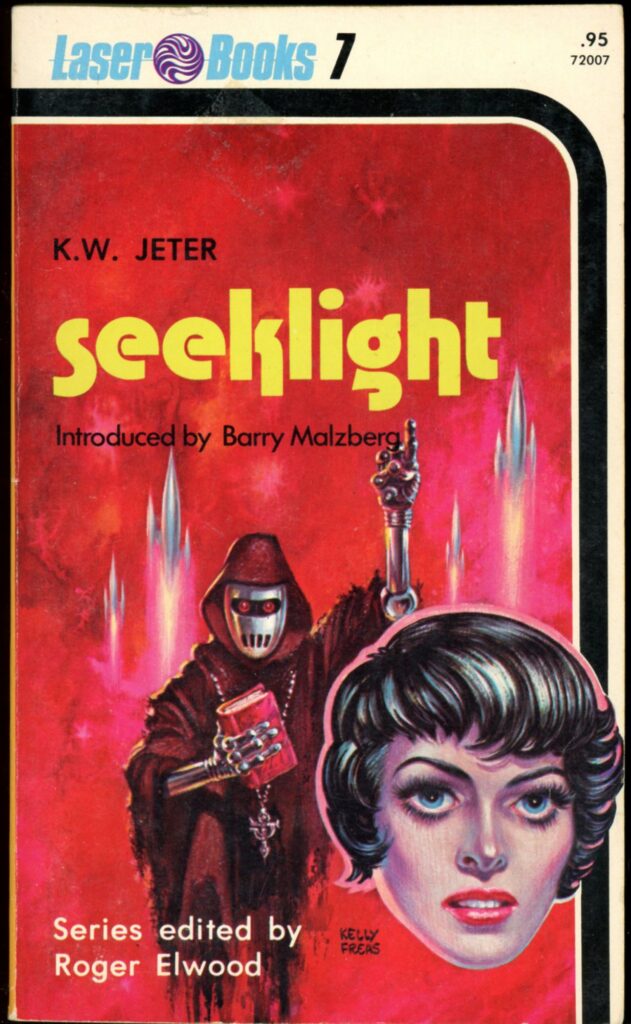On April 14, 2024 I took my real first steps on the Appalachian Trail (aka the AT).
Well, ok, I’d walked a few yards on the AT in the past—in the same location—once in ignorance and once deliberately. This was at Harper’s Ferry, in 1998 and 2023, the former before I knew anything about the AT, and the latter just to tell myself that yes, I had trod on that path. I never expected to be on that trail again for many years, if ever, due to work commitments.
I learned about the Appalachian Trail around 2017 or 2018, and then almost by accident. My son was in Boy Scouts, and I was planning some hiking trips with a goal to hike some trails in Philmont, one of the high adventure locations in New Mexico. I read a great deal about hiking and proper gear, and in that reading I came across a blog by an Australian who’d completed the Triple Crown, a feat of long-distance hiking in the USA that included the Continental Divide, the Pacific Crest Trail, and the Appalachian Trail. At almost the same time, my company had a couple of off-site meetings north of Atlanta. Right after the second meeting, I learned that the southern terminus of the AT was around an hour’s drive from that location, and vowed if I ever had the opportunity to return that I would at least visit that location.
In the meantime I watched lots of videos from people who hiked the AT, read books about the AT, and the trail at that point became almost a personal holy grail. I didn’t think I’d ever complete a “thru-hike,” as that required five to six months, but I wanted to at least hike part of the trail. Also, in the meantime I hiked a lot (over 500 miles in five years), but always with a group. My son and I hiked part of the Colorado Trail (only 29 miles). We hiked around Lake Georgetown (north of Austin), several locations in Big Bend (the state park and national park), a few places in Norway, Utah, Nevada, and even a long trek in Philmont. Yet, never had I hiked alone.
That all changed in April, 2024. When my company announced the 2024 off-site would take place back in Georgia, I made my plans. I would take four days to hike 40 miles, from Amicalola Falls to Neel Gap. Then, a shuttle company would take me back to Amicalola State Park, from which I would drive the hour to the off-site meeting. A perfect plan. Or so I thought.
I arrived in Atlanta two days prior to the hike, drove through heavy traffic from their airport to REI—an outfitter store—where I picked up a gas canister and some water purification tablets. The next day I bought some food the at a couple of grocery stores (Aldi and Lidl, which don’t exist in central Texas). Then, the day before the hike, I drove to Amicalola State Park. This is the location where hikers who are planning to go the whole way pick up tags marking them as thru-hikers. It’s also the start of the “approach trail” to the souther terminus, which is Springer Mountain, over eight miles away. I sorted out a long-term parking pass with the staff, walked up the trail to the top of the falls, and checked into the Lodge, and hotel up the hill from the park. The weather looked great, according to my map the trail didn’t seem difficult, and I looked forward to the next few days.
Little did I know that things are different on the AT, especially when carrying 30 plus pounds of gear, food, and water on your back. Little did I know how much the trail goes up and down, vs. up to stay there before a final descent.
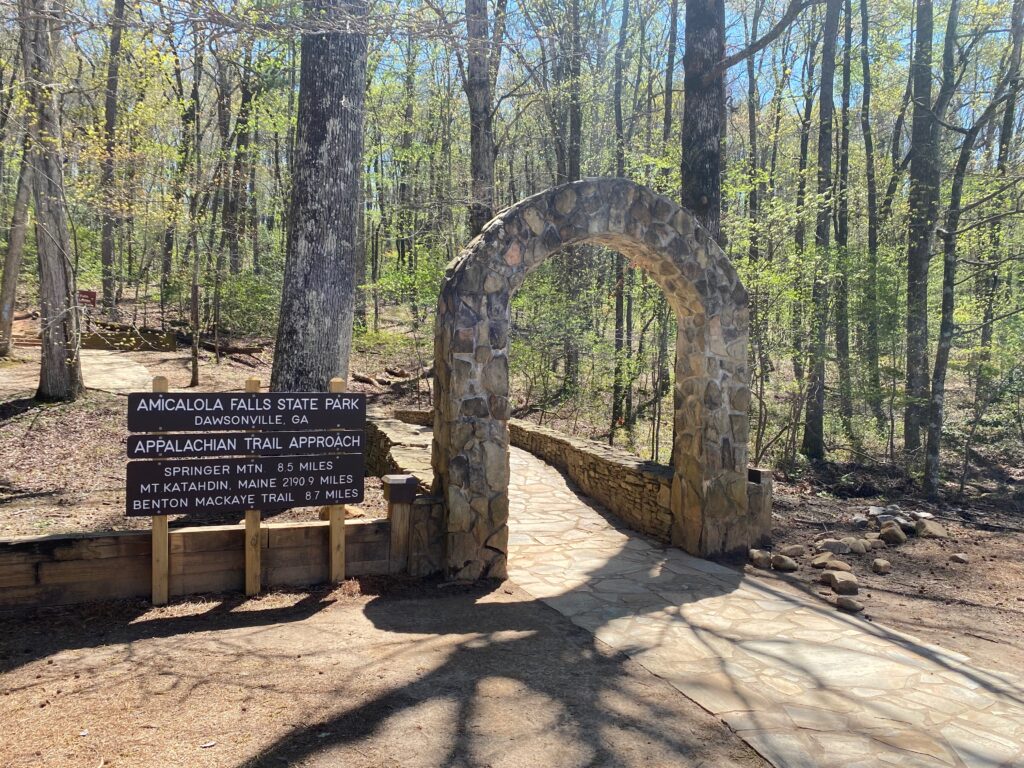
The “approach trail” stretches for over eight miles, and much of it involves going uphill. I learned that much of the AT itself involves a lot of uphill, and a lot of downhill. I’m not sure which part is worse. I started out early in the morning, after a quick breakfast at the lodge. Here I grabbed some lightweight jam packets to use with my peanut butter packets and pita break for lunches. Then I drove down the steep hills to the visitor’s lodge, parked my car, and headed to the visitor center buildings.
I was delayed slightly while i debated whether or not to attend a session from one of the park rangers. Since they were busy with thru-hikers, I gave up after half an hour of waiting and started up the trail. I didn’t need to register, since I was only hiking 40 miles. I also had the 10 essentials, as well as filters, water purifiers, and a bear canister. No “noob” on the trail here…. The approach trail usually goes along the river toward the falls, but part of that trail was closed, so I took an alternate route. I’d climbed many of the stairs near the falls the prior day, so it didn’t bother me to skip that part.
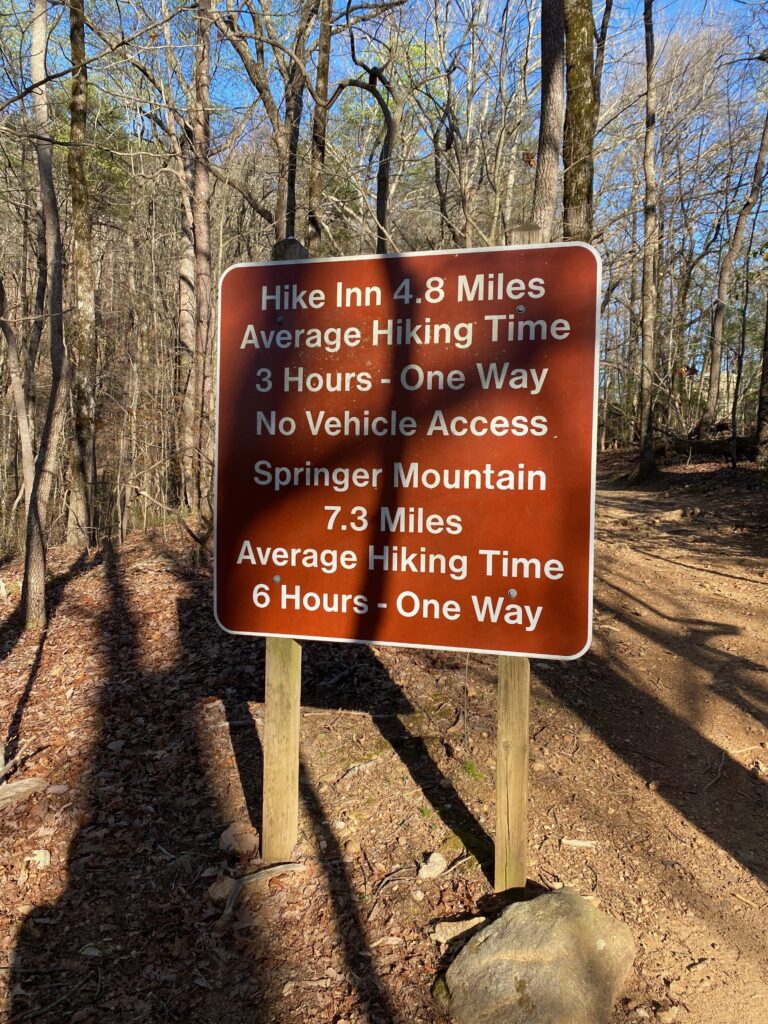
The sign indicating the trail to Springer warns hikers that it’s a long trek, an average of six hours. I did it in far less, but the finally climb up Springer almost did me in. At one point I paused at a rock a few hundred meters near the top, next to another hiker. For a moment, I felt like I blacked out, as I heard nothing of his comments. Meanwhile, a young woman with an accent that sounded German passed me, with perhaps a scornful glance. To her this hike was nothing, but I had at least thirty years on her, and I hate cycling/walking/running uphill anyway. Scorn mean nothing at that point. Still, after a while resting on a rock, I gathered myself and walked up the remaining short distance to the official start of the AT.
At the top of Springer I encountered some other people, a mix of thru-hikers, day-hikers, and section-hikers like myself. People took photos, marveled at the location; to some it was the start of a major adventure. I ate snacks, including maybe the first Kwik-Lunsj on the AT—a Norwegian chocolate that I’d brought with me for this occasion. Then, it was a matter of a short hike down to the parking lot, and continuing onward along the actual Appalachian Trail
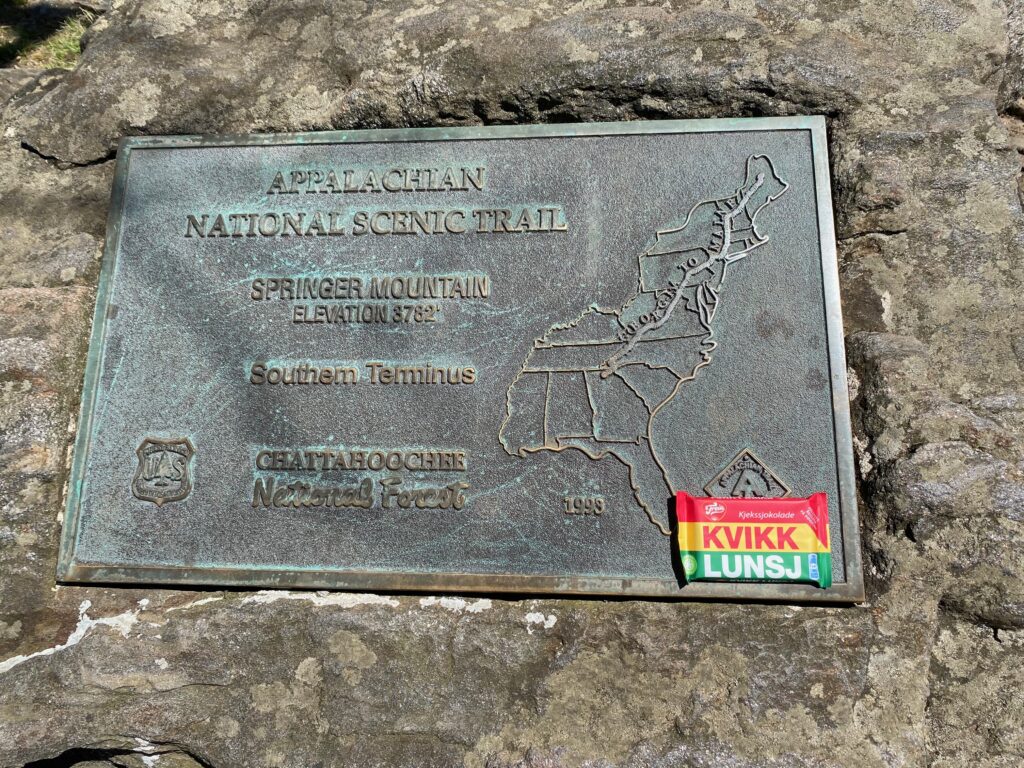
To be continued…
